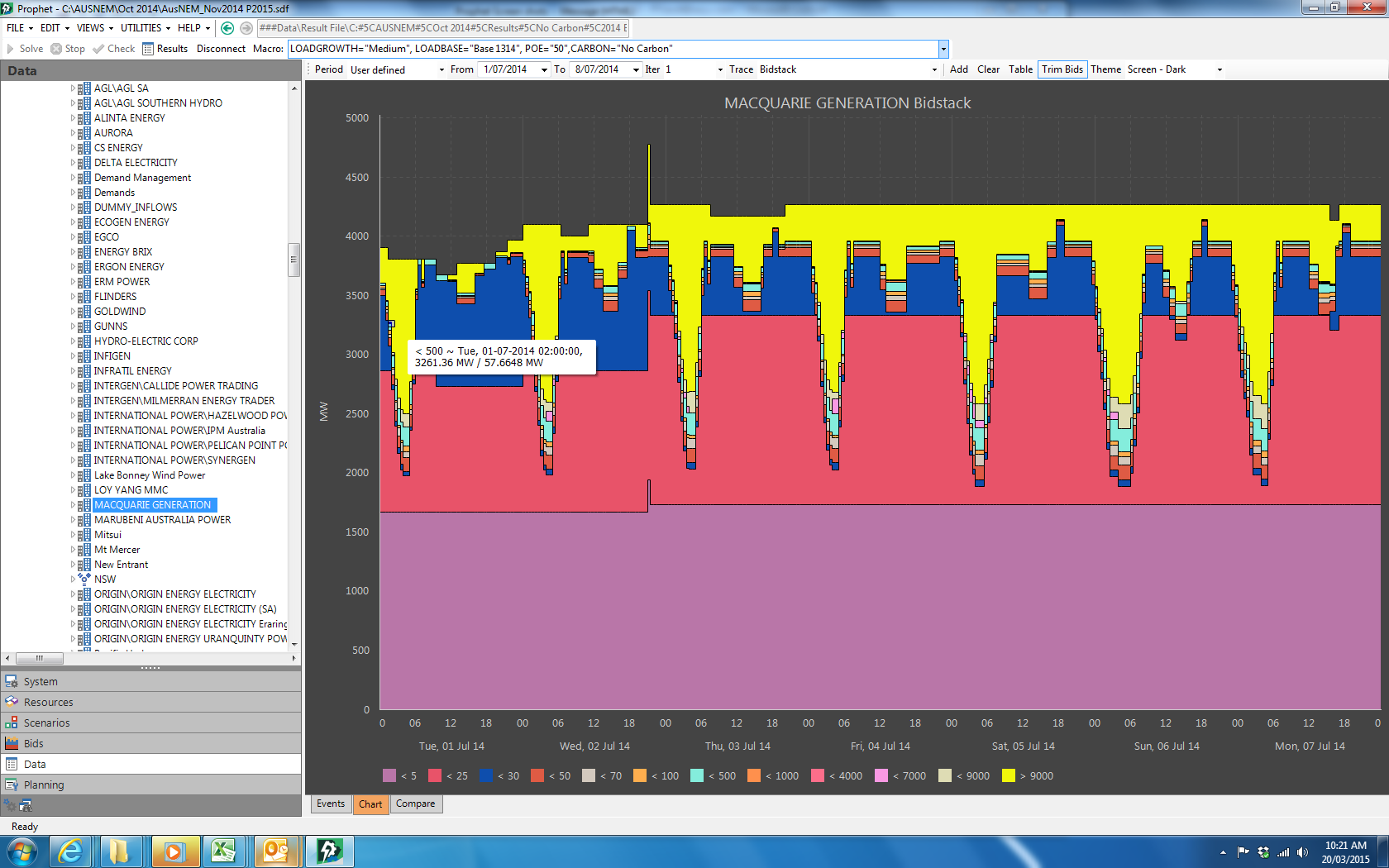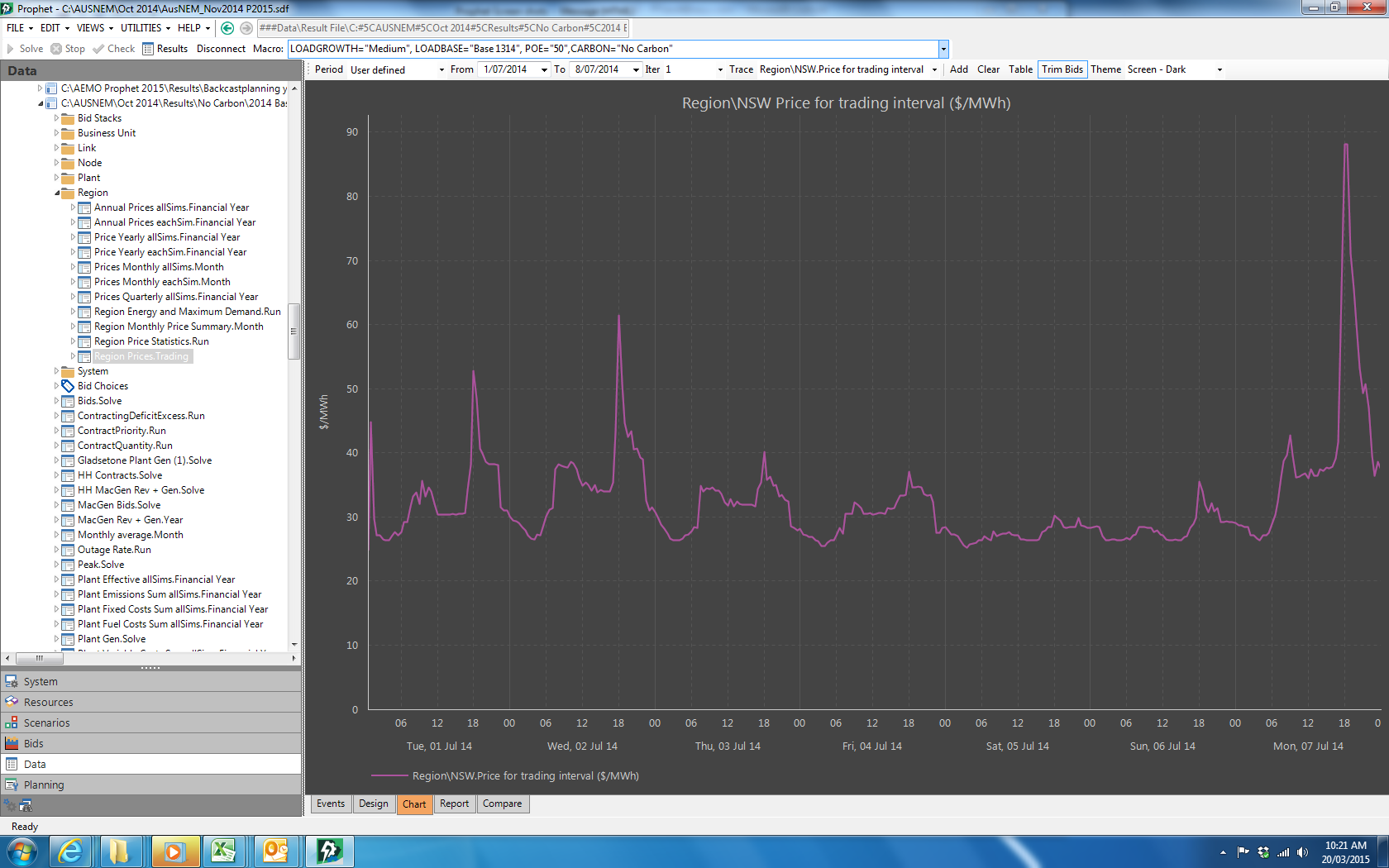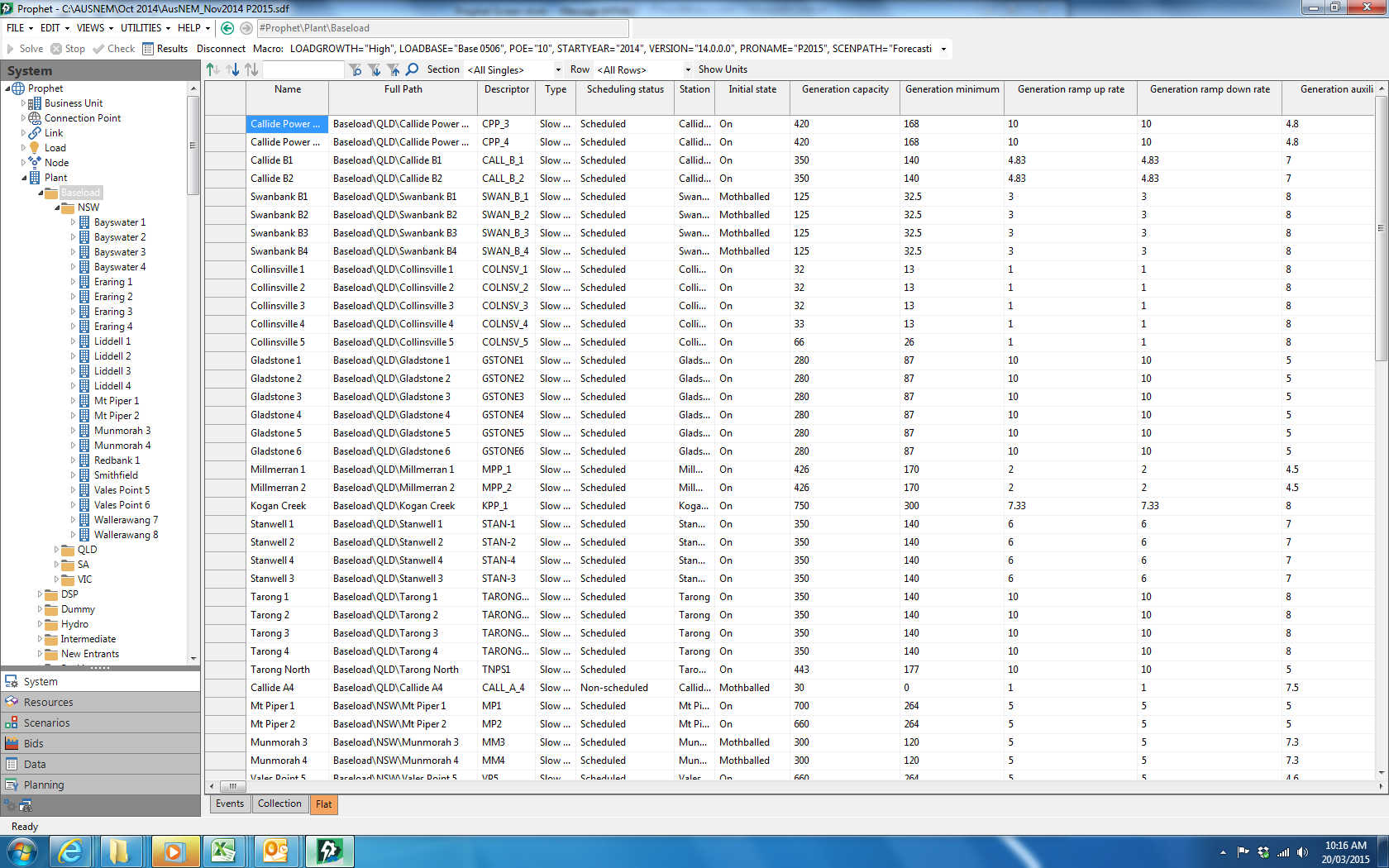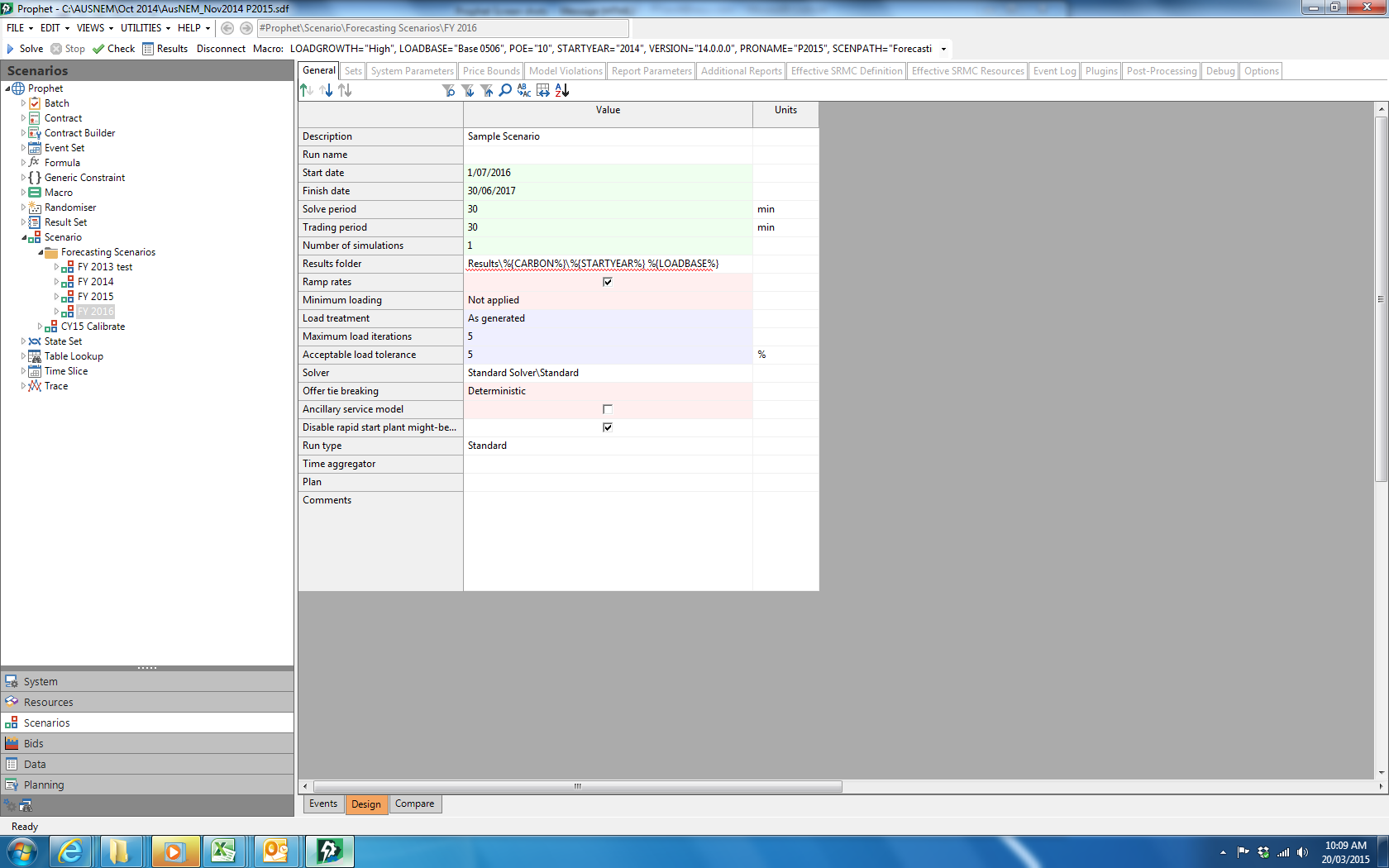First introduced in 1997, Prophet is the most widely used simulation software in the Australian National Electricity Market (NEM). The software has also been used for studies of electricity markets outside of Australia, including those of Singapore, Ireland, New Zealand, and Vietnam. Prophet customers include generator and retailer companies, market and system operators, and government and private consulting firms.
IES Lead Consultant Bill Nixey says that Prophet can be used to help solar projects to participate dynamically and actively in the NEM. “Any proponent of a solar or energy storage project that seeks exposure to the wholesale market can benefit from using Prophet,” he said.
“The ability of Prophet to provide long term electricity market forecasts provides exciting opportunities for the solar and energy storage industries. Projects that seek exposure to the wholesale market can achieve a robust and reliable source of price forecasts which go towards supporting the business case.”
 Figure 1: The generator bidding results from Macquarie Generation. When combined with other generators these results are used to determine the future year spot electricity prices.
Figure 1: The generator bidding results from Macquarie Generation. When combined with other generators these results are used to determine the future year spot electricity prices.
Prophet is an advanced software application that models the physical and financial operation of competitive electricity markets. The software was developed by Intelligent Energy Systems (IES), a firm specializing in software solutions and consulting services for organizations involved in energy markets. The package’s simulations are based on linear programming and optimises market dispatch taking into account bids and offers as well as losses and transmission constraints. To date, Prophet has played an instrumental role in power plant valuations, market price projections, transmission planning, and power system reliability studies.
Figure 2: sample results chart for the NSW spot price.
Prophet is capable of running both short and long-term analyses, with a maximum timespan of 20 years and beyond. Simulations are performed on a dispatch-period by dispatch-period basis, with the prices and dispatches being determined by the market clearing engine. The software can accommodate a large number of power systems and capture important physical characteristics of electric generators, which include thermal efficiency, transmission network, demand levels, cost structures, financial contracting, portfolio structures, and market rules. An alternative model allows for least-cost optimisation over the entire time frame of the scenario. This inter-temporal optimisation permits investment options to be investigated as well modelling renewable energy schemes, plant retirements and co-optimisation with gas networks.
Figure 3: Prophet gives its users visibility of generator plant assumptions which can be amended if required for specific scenarios. The data can be easily copied or pasted.
Several key features enable Prophet to accurately represent physical power systems while simultaneously incorporating the complex dynamics of energy markets. These include adjustable dispatch intervals, transmission topology, generator operating constraints, demand variability, DC load flow approximations, and customized reports and graphs. In addition, Prophet has a sophisticated weather model that uses Markov processes to simulate weather patterns while maintaining the statistical properties of historical load data.
Bidding behaviour is a complex phenomenon that is influenced by a number of factors. Prophet is well-equipped to model bidding behaviour through its Bid Builder and Dynamic Bidding modules. The software’s advanced market behavioural logic system can develop realistic generator bids based on generation portfolios, transmission capabilities, transmission rights, system demands, and the pricing regime.
Prophet features an easy-to-use graphical user interface, one that is organized into various windows that relate to the physical and behavioural aspects of an electrical system. The left-hand window displays the Prophet directory and shows the hierarchy of the individual elements in the model. Meanwhile, the right-hand side of the screen displays the characteristics of the selected element (screenshots below – click to enlarge).
Figure 4: The general scenario inputs page where users can define basic parameters for running Prophet.
© 2015 Solar Choice Pty Ltd


